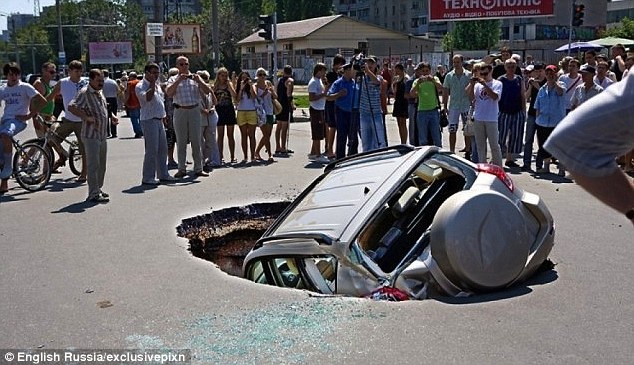OF THE
TIMES

"It means more explosions, an increase of explosivity, more ash falling down to the close village and a lot of ash and some (volcanic) bombs falling down to the parking area and where the tourists used to witness the activity of the Yasur volcano."Sylvain Todman says the Department of Meteorology and Geohazards is closely monitoring the activity and will prepare a response plan if the volcano increases to alert level three.